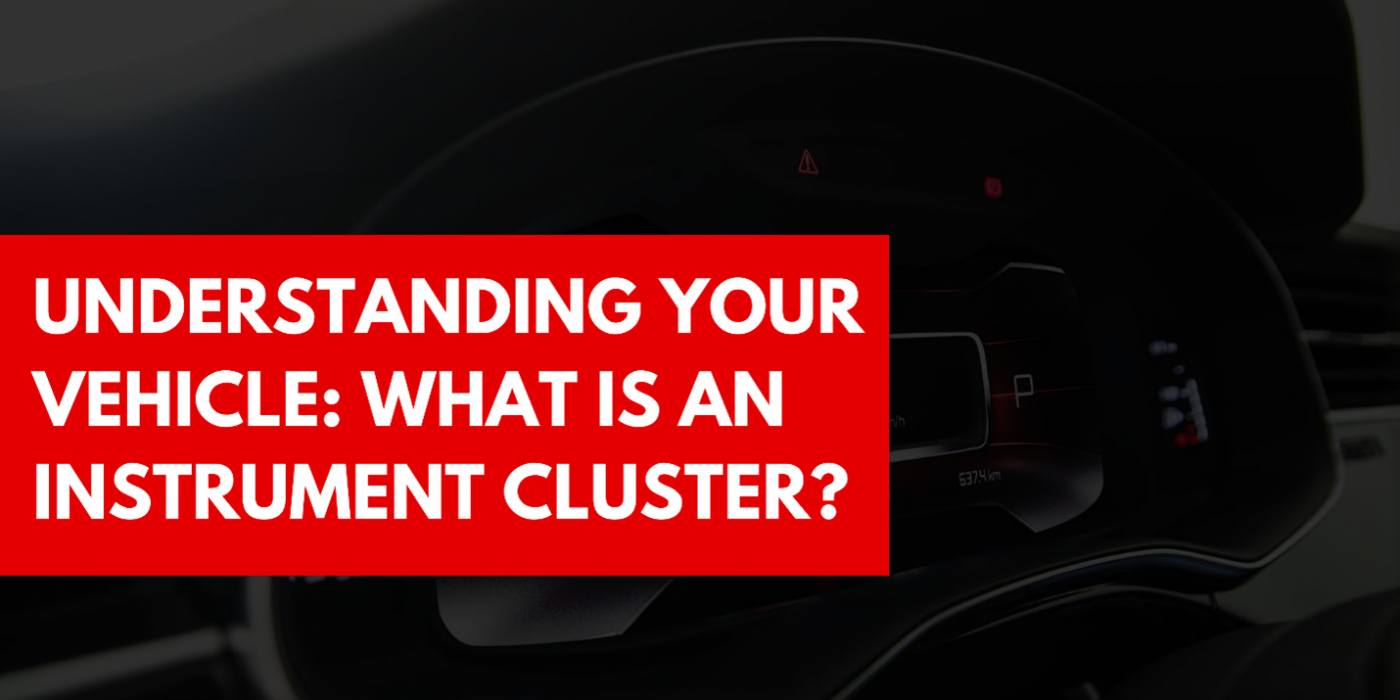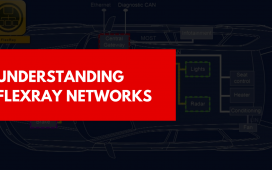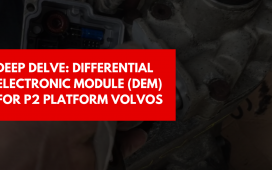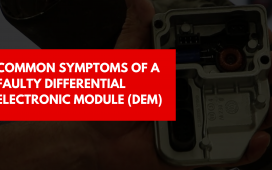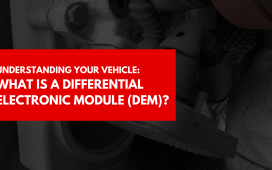This is part of our series of blog posts designed to help customers understand their vehicle better. Please keep in mind these are general descriptions of how these modules function. There are differences in many years and models, but generally the principles remain the same.
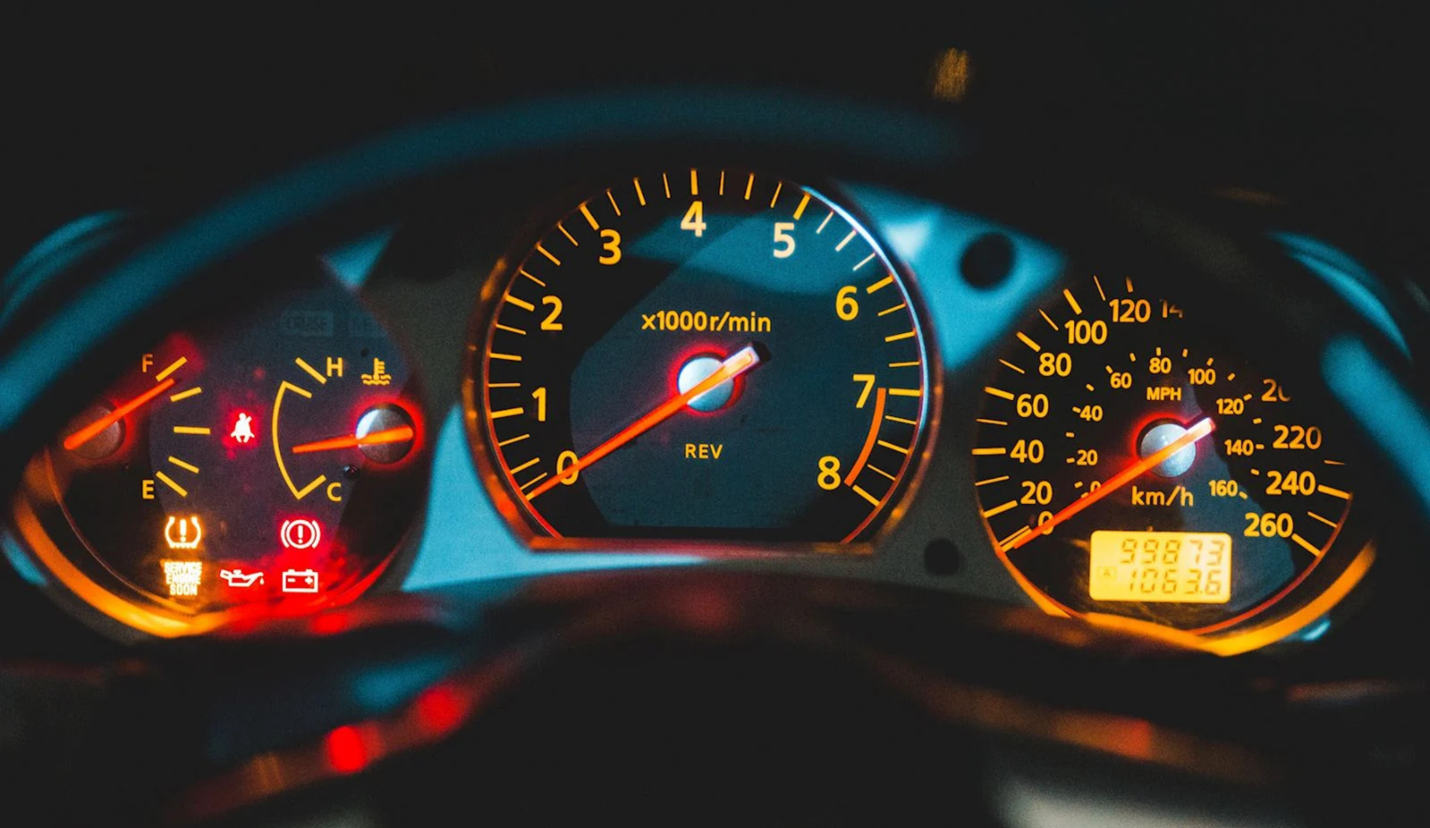
What is an Instrument Cluster?
When you get behind the wheel, one of the first things you see is your vehicle’s instrument cluster, the collection of gauges, warning lights, and displays that provide essential information about your car’s performance.
Depending on the manufacturer, these modules go by different names:
- Volvo refers to it as the Driver Information Module (DIM)
- Honda calls it the Gauge Meter
- BMW often uses the term Kombi Instrument
- General Motors usually just calls it the Instrument Panel Cluster (IPC)
No matter the terminology, the purpose is the same: to keep drivers informed and safe.
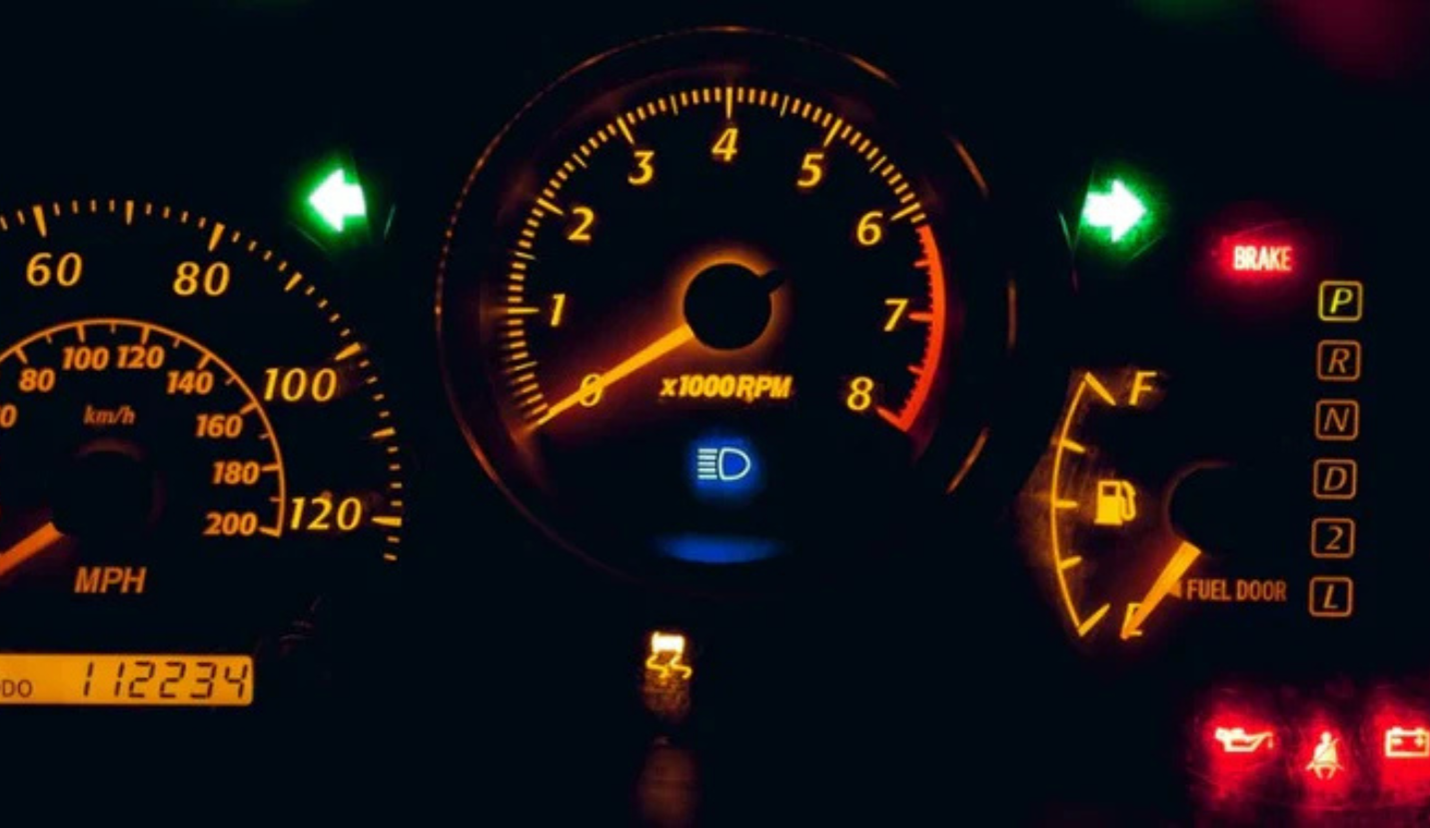
Function of an Instrument Cluster
At its core, the instrument cluster provides real-time feedback on key vehicle functions. Speed, fuel level, engine RPM, coolant temperature, and warning indicators are all displayed in one central location so drivers can make quick, informed decisions. Modern clusters may also integrate advanced features such as navigation prompts, tire pressure monitoring, adaptive cruise control status, and digital driver alerts.
Without a properly functioning cluster, you may be driving blind to critical issues like overheating, low oil pressure, or brake system failures. That makes cluster performance not just a convenience issue, but also a safety issue.
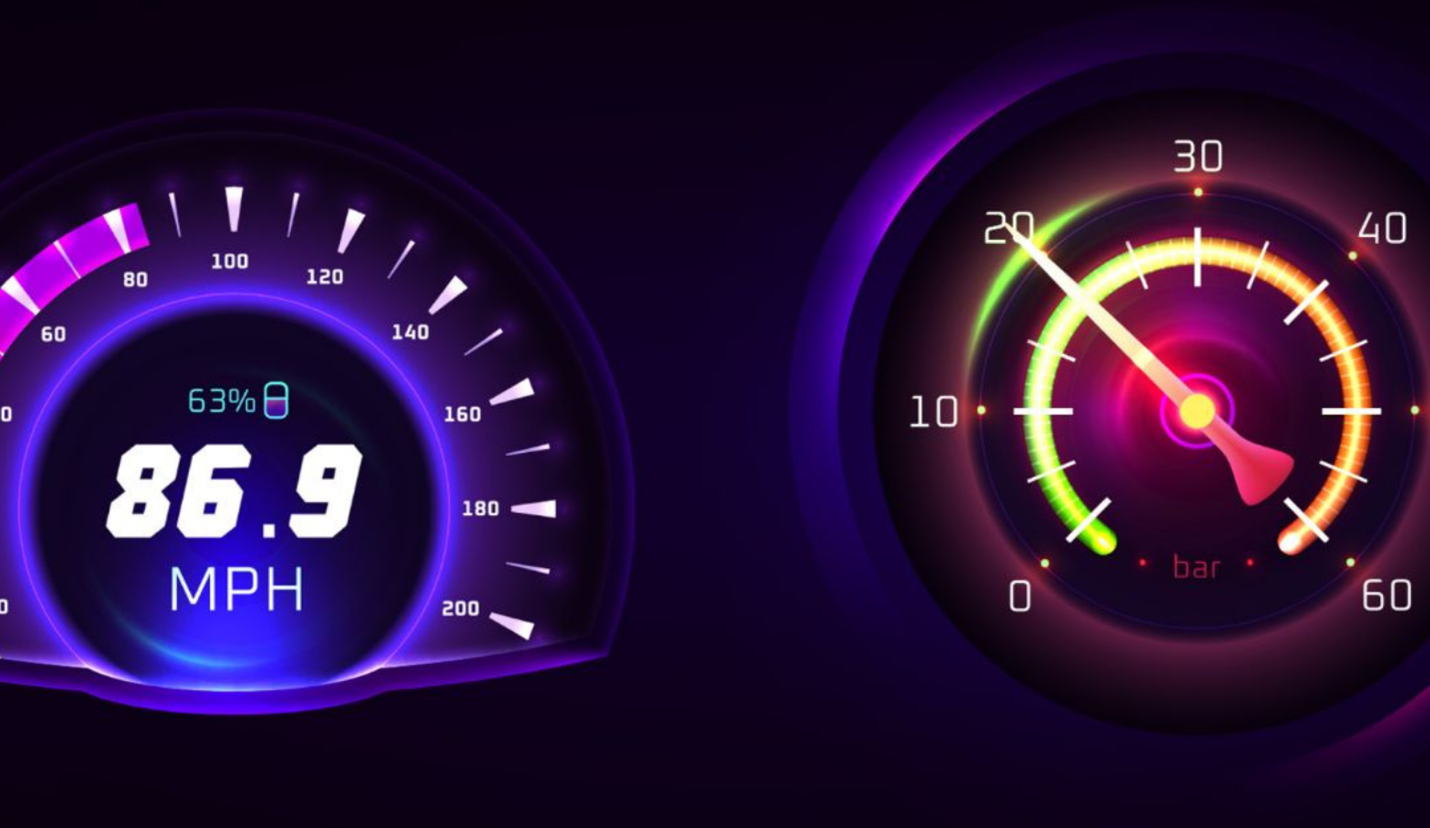
From Analog to Digital
For decades, clusters were built with analog gauges powered by simple stepper motors and backlighting. As technology advanced, hybrid clusters emerged, blending mechanical gauges with digital displays. Today, fully digital instrument clusters (essentially high-resolution screens) are becoming standard, especially in luxury and electric vehicles.
Digital clusters offer customization, adaptive layouts, and integration with advanced driver-assist features. But with these advancements comes greater complexity. Failures may range from dim or flickering screens to complete electronic malfunctions that disable critical warnings.
Typical Warning Lights in an Instrument Cluster
One of the most important roles of the cluster is to alert the driver when something needs attention. Warning lights are designed to be instantly recognizable, often color-coded to indicate urgency:
- Check Engine Light (CEL) – Signals engine or emissions-related issues.
- Oil Pressure Warning – Indicates dangerously low oil pressure, requiring immediate attention.
- Battery/Charging System Warning – Suggests alternator or charging system failure.
- Coolant Temperature Warning – Alerts the driver to overheating, which can cause severe engine damage.
- Brake System Warning – May indicate low brake fluid, worn brake pads, or an ABS malfunction.
- Airbag/SRS Light – Warns of potential airbag deployment issues.
- Tire Pressure Monitoring System (TPMS) – Signals low tire pressure or a TPMS fault.
- Seatbelt Reminder – Alerts when a seatbelt isn’t fastened.
These lights are more than just symbols. They’re critical safety tools. A faulty cluster that fails to illuminate these warnings can prevent a driver from addressing dangerous problems in time.
Why Instrument Cluster Repairs Matter
A failing instrument cluster isn’t just an annoyance. It can leave drivers without speed information, warning indicators, or accurate fuel readings. These failures can lead to unsafe driving conditions, vehicle breakdowns, or overlooked mechanical problems.
That’s why reliable repair is so important. Unlike replacing a cluster outright (which can be costly and requires reprogramming) professional repairs restore the original unit, preserving compatibility with your vehicle.
XeMODeX Expertise in Cluster Repair
At XeMODeX, we’ve been repairing instrument clusters from a wide range of vehicles for decades. Our team understands the unique challenges each design presents, whether it’s a traditional analog gauge cluster or a fully digital display.
We continually invest in research and development to expand our repair capabilities, especially as more automakers transition to complex, all-digital systems. Our focus has always been on creating long-lasting solutions that restore safety, functionality, and peace of mind for our customers.
Final Thoughts
Whether your car calls it a Driver Information Module, Gauge Meter, or Instrument Panel Cluster, the instrument cluster is one of the most important components in your vehicle. It’s the bridge between the car’s systems and the driver, providing the information needed to operate safely and confidently.
And when problems arise, you can trust XeMODeX’s experience, innovation, and commitment to quality repairs to keep your cluster working the way it should.
Visit www.xemodex.com to check out our products and services.

